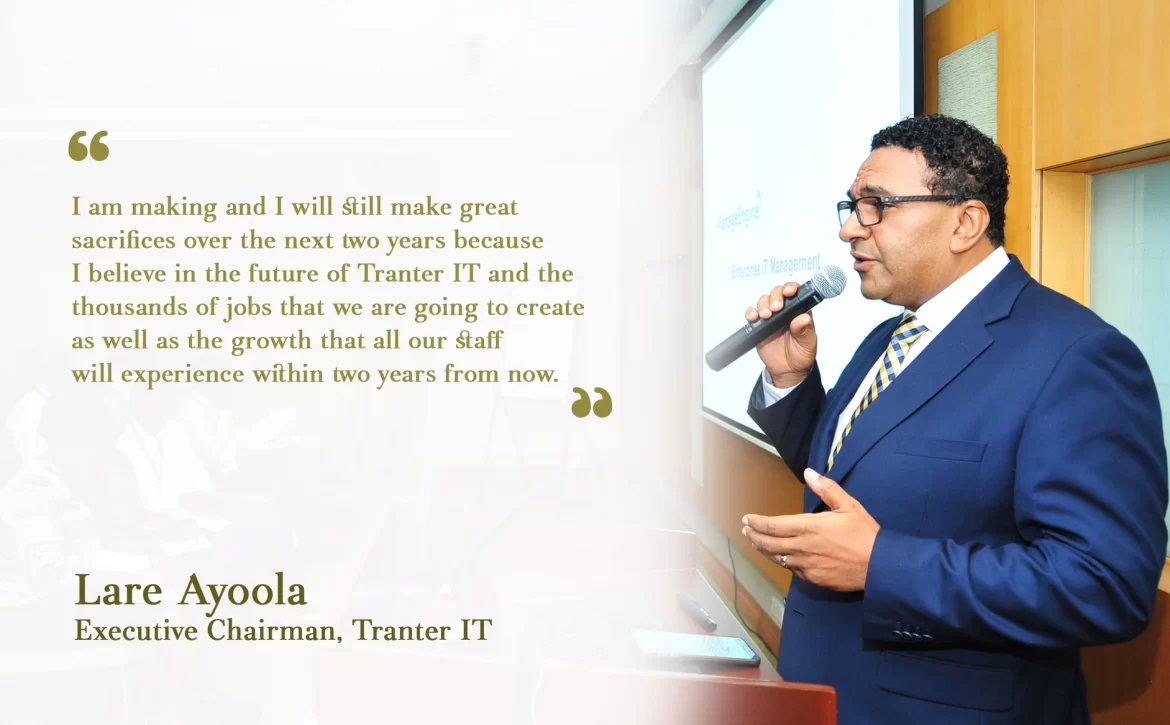10 Customer Support Statistics That You Absolutely Need to Know
Surprising research that can help you deliver better support.
In just about any field, there’s always the “standard” advice that seems to get repeated all over the web without any real proof.
And then there’s the truth.
Researched and proven findings that, although sometimes unconventional, can hold the keys to better results.
1) Happy customers are a lot more likely to tell their friends
On average, happy customers tell nine people about their experiences with a company.
If you want referrals through word of mouth and great online reviews, focus on making your customers happy. As research shows, the reward can be exponential.
2) But a single unhappy customer often means that there are many more
For every customer who complains, there are 26 customers who don’t say anything.
Often, they’ll simply get fed up and leave. That’s why customers who complain are giving you an extraordinarily valuable gift: insight into what’s probably making many more customers unhappy than just the person who chose to tell you about it.
3) Plus, angry customers gossip more than happy ones
Just as it’s important to keep your customers happy—because happy customers tell their friends—it’s equally important to turn angry customers around.
Why?
Because while happy customers might tell nine friends, unhappy customers, on average, tell sixteen. That’s sixteen “anti-referrals” for every upset customer that you don’t make whole. That’s a big price to pay for a bad customer experience.
4) Making existing customers happy can help you sell more than finding new customers
When it comes to sales, the probability of selling to an existing happy customer is up to 14x higher than the probability of selling to a new customer. Many people think that the only way to grow their business is to find new customers. But often, the best source for growth is sitting right in front of you: existing customers. You just have to make them happy, and then find ways to deliver more value to them.
5) In fact, retention is the most sure-fire way to improve your bottom line
Businesses that grow their customer retention rates by as little as 5% typically see profit increases ranging from 25% to 95%. Keeping your customers happy doesn’t just let you upsell; it keeps your customers around longer, and massively increases customer lifetime value… and profits.
6) If you’re known for good customer service, you can charge more
86% of customers will pay more for a better customer experience.
With excellent customer service seeming more and more rare these, customers are willing to pay a premium for it. Deliver on that desire, and your customers will be happy to pay higher prices.
7) Customers will, in fact, pay more for better service
The previous version of this list cited research that had customers saying they would pay more for customer service. Well, now we can actually back that up with customer behaviour. In research on actual customer transactions published in the Harvard Business Review, researchers found that among thousands of customers studied, customers who had the best past experiences spend 140% more compared to those who had the poorest past experience.
8) But if you don’t deliver great support, your customers will leave
82% of customers have left a company because of a bad customer service experience.
Just like great support is a magnet for high-value customers, bad support will repel them fast.
9) When you screw up, don’t forget to apologize
37% of customers are satisfied with service recovery when they are offered something of monetary value (e.g., a refund or credit). But when the business adds an apology on top of the compensation, satisfaction doubles to 74%. When you screw up, making the customer whole with a refund or credit is an obvious part of resolving the issue. But an often overlooked and even more important part is simply saying “I’m sorry.”
10) Speed isn’t the most important thing in support…
In one study, researchers measured how “engaged” customers felt after getting service at a bank. While customers who felt that the bank offered speedy service were six times more likely to be highly engaged, customers who gave the bank high ratings on “people” factors (like the tellers’ courtesy and willingness to help) were nine times more likely to be fully engaged.
For businesses who want to win on customer experience, speed is not the ultimate goal. Extraordinary customer service is.























